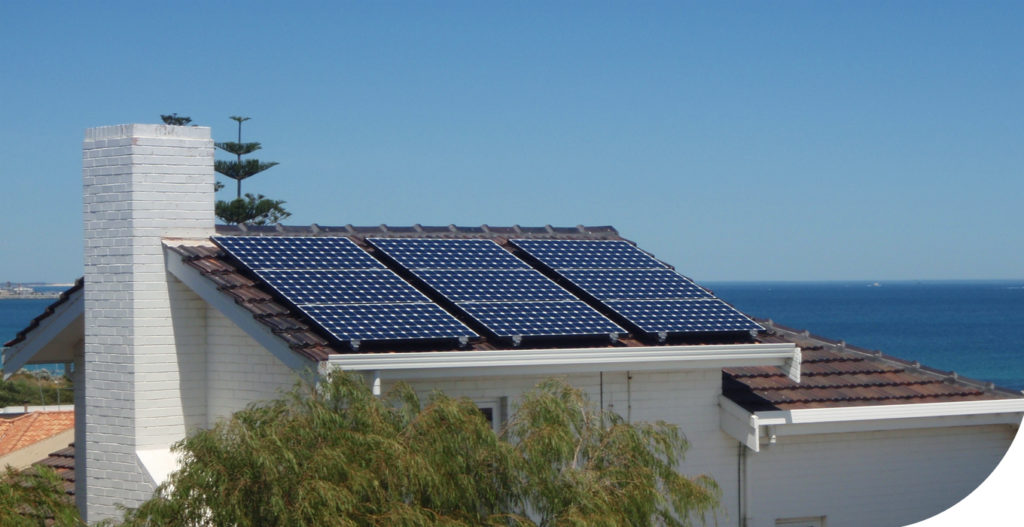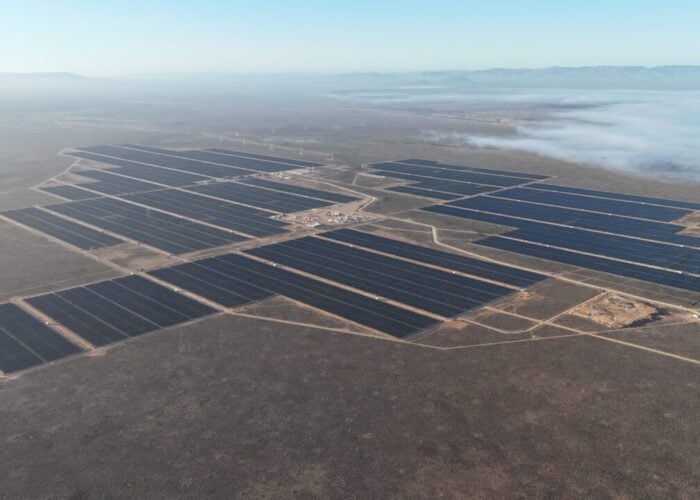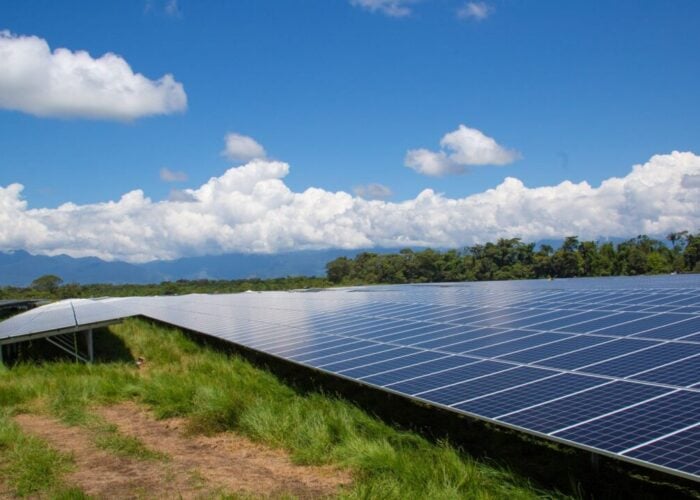
The Australian Renewable Energy Agency (ARENA) has provided AU$1.7 million (US$1.1 million) in funding to explore the integration of consumer energy resources (CERs) into the National Electricity Market (NEM).
The University of New South Wales (UNSW) will receive and allocate the funding to the organisation’s Project CICCADA. This project will provide insights that can be used by the Australian Energy Market Operator (AEMO) and energy distributors to maintain safe and efficient network operations and improve understanding of CER operations in both normal and acute conditions.
Try Premium for just $1
- Full premium access for the first month at only $1
- Converts to an annual rate after 30 days unless cancelled
- Cancel anytime during the trial period
Premium Benefits
- Expert industry analysis and interviews
- Digital access to PV Tech Power journal
- Exclusive event discounts
Or get the full Premium subscription right away
Or continue reading this article for free
CERs could become a key technology supporting the energy transition in Australia. Encompassing technologies such as rooftop solar PV, household batteries, and electric vehicles (EVs), each could be used on the NEM and provide additional stability to the grid.
In late July 2024, the Australian Energy Market Commission (AEMC) introduced a new draft determination proposing to enable virtual power plants (VPPs) to compete directly with large-scale generators in the energy market. This would be achieved by enabling aggregated CERs to be scheduled and dispatchable in the NEM.
The AEMC cited that price-responsive small resources, such as backup generators and solar PV, could, therefore, respond to changes in spot prices. This would also contribute to a decentralised energy system.
With CERs slated to be involved in the NEM, gathering insight into integrating these technologies could be invaluable to the energy market.
ARENA’s acting CEO, Chris Faris, said CER technologies and products are at the heart of the clean energy transition, turning consumers into active participants in our energy system. However, it is important to know how the rollout of these technologies works with the network.
“CER is about decentralising energy production by harnessing the power generated by rooftop solar panels, batteries and smart home devices. These create a more flexible and cleaner energy grid, that helps reduce emissions while improving energy reliability,” Faris said.
“We know that CER can contribute to the goal of a cleaner, more reliable grid, so it’s important to have a detailed understanding of all the impacts of CER integration. Project CICCADA aims to help plug this knowledge gap, helping us understand how the rollout of CER technologies can be done in a way that maintains the stability of the energy grid, and allows us all to benefit from cleaner, reliable energy.”
This becomes the second CER-related funding ARENA has provided in recent months. The organisation allocated AU$5.4 million to help create Australia’s first ‘net zero suburb’ in the 2515 postcode of New South Wales, dubbed the Electrify 2515 Community Pilot scheme. This will incorporate a range of technologies, such as rooftop solar PV, home batteries, water heaters, and heat pumps, to create a low-carbon, electrified suburb in Northern Illawarra.
Brighte, the financial institution heading the project’s founder and CEO, Katherine McConnell, said the pilot would help policymakers understand how to bolster efforts to increase electrification.
“This project will allow us to learn locally so we can scale nationally, generating critical insights for consumers, tradespeople, industry and policymakers on how to rapidly and effectively scale electrification across Australia,” McConnell said.






